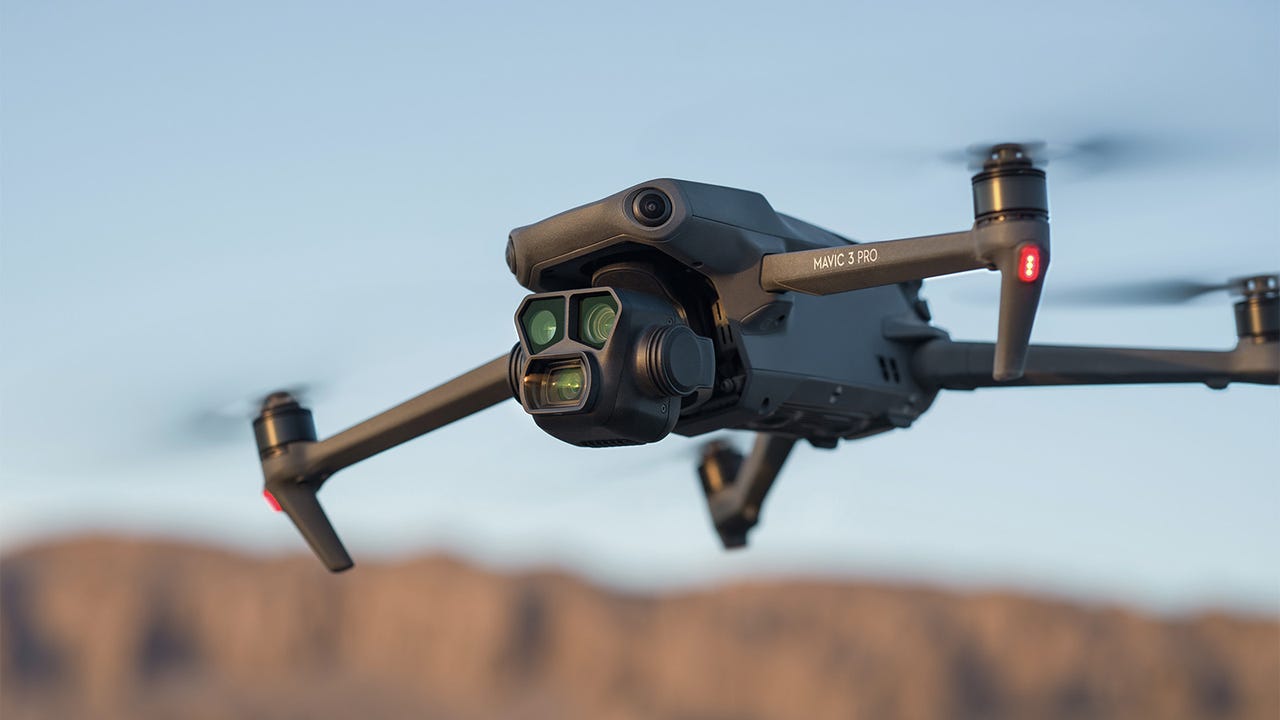What is a Gimbal on a Drone? Essential Insights for Photographers
In the realm of aerial photography, understanding the technology behind your equipment can make a significant difference in the quality of your shots. One crucial component that many professional photographers may overlook is the gimbal. So, what is a gimbal on a drone? In simple terms, it is a device that stabilizes your camera, ensuring smooth and steady footage even when your drone experiences rapid movements or turbulence. This article will delve into the intricacies of gimbals, their importance for drone photography, and best practices for using them effectively.
For photographers concerned about capturing the perfect shot in dynamic situations, mastering gimbal technology is essential. Not only does it enhance image quality, but it also opens the door to a rich array of filming opportunities. Whether you are filming a wedding, shooting a landscape, or documenting an event, understanding what a gimbal on a drone can do for you is indispensable.

The Basics of Gimbals: How They Work
A gimbal operates on the principle of three-axis stabilization. This means it can compensate for movements in any direction, providing a smooth frame for your shots. Lets break down the three axes:
- Pitch: Rotates the camera up and down.
- Roll: Tilts the camera side to side.
- Yaw: Swivels the camera left and right.
By utilizing motors and sensors, the gimbal continuously adjusts to maintain the cameras position relative to the drone's movement. This is particularly useful when filming fast-moving subjects or capturing cinematic shots in windy conditions.
Why Gimbals Matter in Drone Photography
Any professional photographer can attest to the importance of stability for high-quality images and videos. When using a drone, even slight movements can lead to shaky footage, ruining an otherwise perfect shot. A gimbal mitigates this risk, ensuring that your camera remains level regardless of the drone's orientation. Here are some key benefits:
- Smooth Footage: Gimbals eliminate unwanted camera shake, resulting in fluid motion.
- Improved Composition: With camera tilt adjustments, you can frame your shots more effectively.
- Enhanced Techniques: Gimbals allow you to experiment with different shooting techniques, such as tracking shots and cinematic pans.
Types of Gimbals for Drones
When looking into gimbals for drones, you will typically encounter two main types: single-axis and three-axis gimbals, each suited for different shooting scenarios.
Single-Axis Gimbals
Single-axis gimbals stabilize the camera only along one axis, typically the roll. They are beneficial for simpler shooting conditions but may not entirely eliminate camera shake during movement. These gimbals are often lightweight and more affordable, but they may not serve the needs of photographers seeking high-quality, dynamic footage.
Three-Axis Gimbals
Three-axis gimbals are the most popular choice among professional photographers due to their ability to stabilize movement on all axes. They provide the most stable footage in various conditions, making them ideal for high-stakes shoots. However, they might be pricier and typically heavier than single-axis counterparts.
Best Practices for Using Gimbals on Drones
To maximize the potential of your gimbal, here are some tips:
- Calibrate Your Gimbal: Before flight, ensure that your gimbal is properly calibrated. Calibration ensures that the gimbal recognizes the drone's orientation accurately.
- Monitor Battery Life: A gimbal consumes power from your drones battery. Keeping an eye on the battery levels will prevent mid-flight shutdowns.
- Practice Smooth Control: Familiarize yourself with your drone's controls and gimbal functions. Smooth movement is crucial for achieving high-quality footage.
- Consider Wind Conditions: While a gimbal will help stabilize your footage, extreme wind conditions may still affect overall performance. Choose optimal weather for your shoots.
Advanced Gimbal Techniques for Stunning Footage
To elevate your drone videography game, consider implementing these advanced gimbal techniques:
- Focus Pulling: Use your gimbal to smoothly transition focus from one subject to another, creating an engaging storytelling experience.
- Object Tracking: Many modern drones offer tracking capabilities, allowing you to lock focus on a moving subject while maintaining stability.
- Complex Camera Movements: Experiment with circular motions or dolly zoom effects for added visual interest.
Choosing the Right Gimbal for Your Drone
When selecting a gimbal, consider factors such as compatibility with your drone, payload capacity, and stabilization features. Different drones may require specific gimbals, and some are more suitable for heavier camera setups than others. Its essential to research which gimbal best suits your needs, ensuring you can achieve the quality of shots you desire.

Conclusion
Understanding what a gimbal on a drone is and how it functions is crucial for professional photographers aiming to elevate their aerial photography. With the right gimbal, you can achieve stunning footage that showcases your skills and creativity. Don't forget to explore further into related topics such as how to calibrate a drone and fixing drone issues to ensure smooth operation while shooting.
As an Amazon Associate, I earn from qualifying purchases.
As an Amazon Associate, I earn from qualifying purchases.

